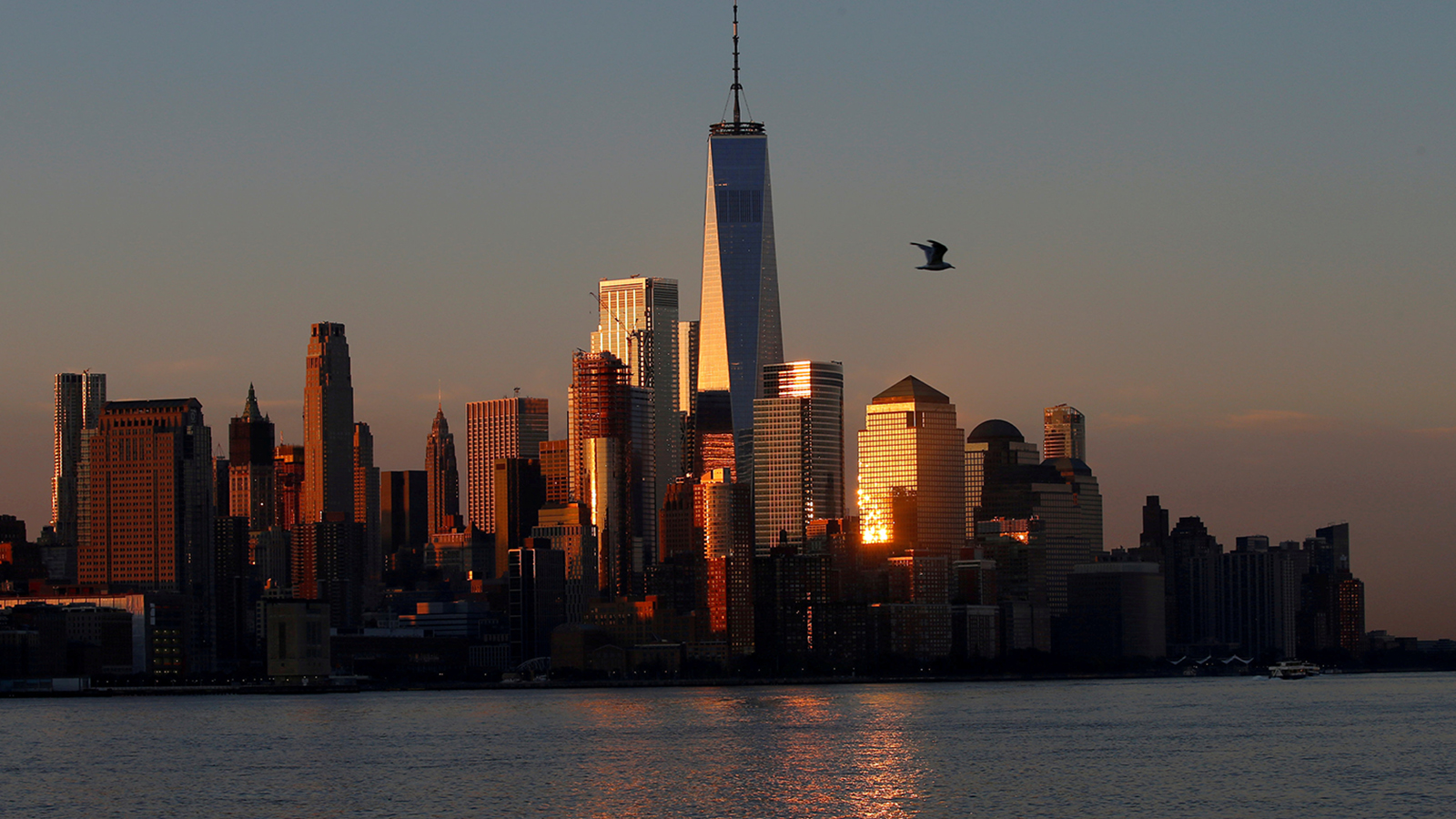New York City was recently crowned the most expensive rental market in the U.S., with a median monthly rent for a one-bedroom unit perching at $2,810. The median monthly rent for that size unit in the former No. 1, San Francisco, is $2,800. Although the numbers haven’t quite hit pre-pandemic levels, the curve is bending ever skyward.
Bad news for renters, yes — but still a promising sign.
One recalls that less than a year ago, the New York real-estate market was in the depths of a COVID-induced depression caused by excess supply, as flocks of New Yorkers fled the city. The exodus of city dwellers was dramatically reported by major media outlets in the earlier days of the pandemic. The New York Times quoted the president of a real-estate data and appraisal firm as comparing the loss of residents to the “large outflow of the population pushing into the suburbs” in the 1960s and 1970s. In his widely publicized op-ed, comedy-club owner James Altucher even went so far as to claim that “New York City is dead forever.” He argued that the pandemic-induced commercial and cultural losses would be irreversible.
A year later, however, New York appears to have risen from the grave. Jerry Seinfeld, countering Altucher’s claim, had predicted that the city “will sure as hell be back.” It is reported that the median resale price of apartments in Manhattan, at $999,000, has broken records in the second quarter, and that the demand for dwellings has been soaring. As a real-estate agent put it, there are “500 people looking and only 50 apartments.”
The real-estate industry is hardly alone in undergoing expansion and revitalization. With the return of consumers, new restaurants are opening at an astounding rate. Just this August, at least 41 new eateries opened their doors to eager customers. The high arts are once again gracing the cityscape as well. The Metropolitan Opera House will finally be reopening next month after over a year of closure.
It is not just New York that is experiencing a real-estate rebound. Cities like Boston and Austin are experiencing the same. While surging rental prices may be giving students and young professionals who are moving back into the city a headache, it is splendid news for the cities themselves. It not only suggests that economic recovery is on the horizon, but also that the permanent exodus from major cities predicted by many journalists in the earlier days of the pandemic was exaggerated.
A report compiled and released last month by Morgan Stanley Research shows that only 18 percent of consumers moved since February 2020. Cellphone tracking data also shows that not all cities’ populations downsized, and among those that did, many only lost residents to neighboring counties. According to Michael Zezas, head of U.S. public-policy research at Morgan Stanley Research, this reflects “the enduring economic viability of those areas.” Some cities, such as Jacksonville and Memphis, even maintained steady growth in both population and real-estate markets throughout the pandemic, whereas “rebounding cities” like San Antonio and Las Vegas, which did experience a downsizing of population, are showing promising signs of reversal of said trend.
The fact that former city-dwellers looked no farther than neighboring counties for the site of their new home attests to the enduring allure of city life. They may have wanted to retreat temporarily from the densely populated metropolis in a pandemic, but the fact that proximity and access to urban centers remained important to them speaks of their attachment to those cities. In this latter phase of the pandemic, the soaring demand for real estate, especially in the rental markets, in major cities speaks of the same.
It is certainly comforting to know that city life has not become a thing of the past, and the increase in the number of city residents will surely contribute to a considerable expansion of consumption capacity. Although small businesses that shuttered in the face of the pandemic may not all be resurrected, one can remain hopeful that, as demand for goods and services recovers, other small businesses with equal potential and capacity for adding flair to metropolitan neighborhoods will take their places.
It was mere months ago that the media were lamenting the closure of businesses, the decline in population, and the emptying of buildings in cities. It appears today, as people are emerging from their temporary suburban hideouts and reentering cities, that such pessimism was not fully warranted.
Of course, there are certain elements of city life that may never fully rebound. Take the long-standing office culture, for instance: Having their employees working remotely for the past year has taught corporations that their staff, unlike schoolchildren, do not need perpetual supervision to be productive, such that the company treasury may be relieved of the burdensome costs of retaining office spaces in the city. While there are industries that rely to a greater degree on in-person communication and collaboration, such as the legal field and real estate, in other industries, such as finance and journalism, employees can get the job done at home on their computers and require less face-to-face interaction. The Morgan Stanley report cites an equity analyst’s projection that “the next expansion cycle will be shorter and lower for office landlords.”
Nonetheless, judging from the booming real-estate market and the rate at which city folks are returning, those who have been preparing obituaries for cities may want to reassess their pessimism.
